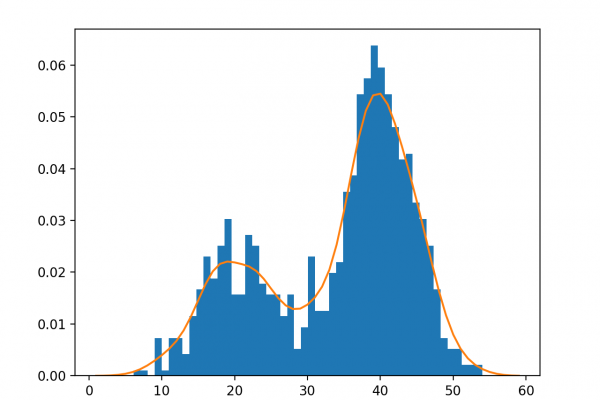A Gentle Introduction to Probability Density Estimation

Last Updated on July 24, 2020
Probability density is the relationship between observations and their probability.
Some outcomes of a random variable will have low probability density and other outcomes will have a high probability density.
The overall shape of the probability density is referred to as a probability distribution, and the calculation of probabilities for specific outcomes of a random variable is performed by a probability density function, or PDF for short.
It is useful to know the probability density function for a sample of data in order to know whether a given observation is unlikely, or so unlikely as to be considered an outlier or anomaly and whether it should be removed. It is also helpful in order to choose appropriate learning methods that require input data to have a specific probability distribution.
It is unlikely that the probability density function for a random sample of data is known. As such, the probability density must be approximated using a process known as probability density estimation.
In this tutorial, you will discover a gentle introduction to probability density estimation.
After completing this tutorial, you will know:
- Histogram plots provide a fast and reliable way to visualize the
To finish reading, please visit source site